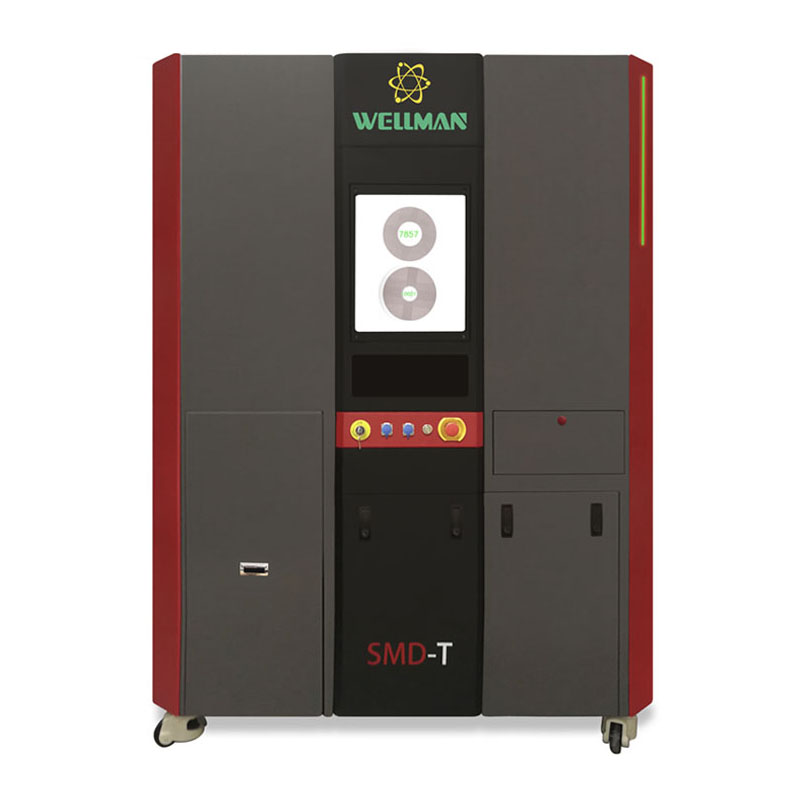Skip to contentEnhancing SMT Production Efficiency with SMD Towers
wellman2023-11-08T10:15:38+08:00Surface Mount Technology (SMT) has revolutionized the electronics manufacturing industry by enabling the production of smaller, lighter, and more efficient electronic devices. As SMT continues to evolve, manufacturers are constantly seeking ways to improve production efficiency. One such solution that has gained significant attention is the implementation of SMD (Surface Mount Device) towers. In this article, we will explore how SMD towers contribute to enhancing SMT production efficiency.
1.Streamlined Component Management:
SMD towers play a crucial role in optimizing component management during the SMT production process. These towers are designed to store and organize a wide range of SMD components, such as resistors, capacitors, and integrated circuits. By providing a centralized storage system, SMD towers eliminate the need for manual component handling, reducing the risk of errors and improving overall efficiency.
2.Quick and Accurate Component Retrieval:
Efficient component retrieval is vital for minimizing production downtime and maximizing throughput. SMD towers are equipped with advanced retrieval mechanisms, such as robotic arms or pick-and-place systems, which enable quick and accurate component retrieval. This eliminates the need for manual searching and sorting, saving valuable time and reducing the chances of human error.
3.Improved Inventory Management:
Effective inventory management is crucial for maintaining a smooth production flow. SMD towers are often integrated with inventory management software, allowing manufacturers to track component usage, monitor stock levels, and automate reordering processes. By streamlining inventory management, SMD towers ensure that the right components are always available when needed, minimizing production delays and optimizing efficiency.
4.Enhanced Component Protection:
SMD components are delicate and susceptible to damage from environmental factors such as moisture, static electricity, and temperature fluctuations. SMD towers provide a controlled environment that protects components from these hazards. With features like humidity control, anti-static measures, and temperature regulation, SMD towers ensure the integrity of components, reducing the risk of defects and improving overall production yield.
5.Increased Floor Space Utilization:
Traditional component storage methods often require a significant amount of floor space, limiting the production capacity of SMT lines. SMD towers are designed to maximize floor space utilization by vertically storing components in a compact manner. This allows manufacturers to optimize their production layout, accommodate more SMT machines, and increase overall production capacity without expanding the physical footprint.
6.Facilitated Workflow Integration:
SMD towers can be seamlessly integrated into existing SMT production lines, making them a versatile solution for manufacturers. They can be connected to automated component placement machines, allowing for a continuous workflow without interruptions. This integration eliminates the need for manual intervention, reduces setup time, and enhances overall production efficiency.
Conclusion:
The implementation of SMD towers in SMT production processes offers numerous benefits that significantly improve efficiency. From streamlined component management and quick retrieval to enhanced inventory control and increased floor space utilization, SMD towers play a vital role in optimizing the production flow. By leveraging these advanced storage and retrieval systems, manufacturers can achieve higher throughput, reduce errors, and ultimately deliver high-quality electronic devices to the market in a more efficient manner.
Share this to your social media






